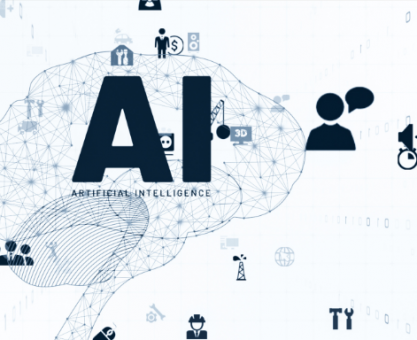Executive Summary
-
Artificial Intelligence (AI) is transforming the credit scoring and lending industry by enhancing accuracy and efficiency.
-
AI-driven models offer improved risk assessment and facilitate financial inclusion.
-
Challenges include data privacy concerns and algorithmic biases.
-
The future of lending is set to be dominated by AI, making traditional methods obsolete.
-
Industry experts recommend a balanced approach to leverage AI while addressing regulatory challenges.
Introduction
In today’s rapidly evolving financial landscape, credit scoring and lending are undergoing a significant transformation, primarily driven by Artificial Intelligence (AI). As traditional models struggle to keep pace with the demands of a data-rich world, AI offers unprecedented potential for accuracy and efficiency. This article explores how AI is redefining credit scoring and lending, offering a glimpse into future trends and challenges that investors, startups, and financial institutions need to consider.
Definitions / Context
Credit Scoring: A statistical analysis performed by lenders to determine a person’s creditworthiness. Traditionally reliant on historical credit data, AI now enables more dynamic assessments.
Lending: The act of providing funds to a borrower with the expectation of repayment, often with interest. AI is streamlining this process by automating risk assessment and decision-making.
AI in Finance: The use of algorithms and machine learning to simulate human intelligence, providing insights and predictions in financial contexts.
Benefits / Pros
-
Enhanced Risk Assessment: AI models analyze vast datasets beyond traditional credit reports, improving accuracy.
-
Financial Inclusion: AI can assess creditworthiness for individuals without traditional credit histories, expanding access to financial services.
-
Efficiency: Automated processes reduce time and costs associated with loan processing and approval.
-
Fraud Detection: AI systems can detect unusual patterns and potential fraud faster than human analysts.
Risks / Cons / Challenges
-
Data Privacy Concerns: The reliance on personal data raises significant privacy issues.
-
Algorithmic Bias: AI systems can inadvertently perpetuate or amplify existing biases in data.
-
Regulatory Compliance: Navigating the evolving regulatory landscape poses a challenge for AI implementation in lending.
Step-by-Step Process
How to Implement AI in Lending:
-
Data Collection: Gather diverse and comprehensive datasets.
-
Select AI Model: Choose appropriate machine learning algorithms based on your needs.
-
Integration: Seamlessly integrate AI into existing systems.
-
Monitor and Adjust: Continuously monitor AI outputs and refine models to improve accuracy and fairness.
A leading fintech company successfully leveraged AI to reduce loan default rates by 30%. By employing machine learning algorithms, they could better predict borrower risk and tailor lending offers, demonstrating AI’s potential to revolutionize the industry.
Case Study: AI-Enhanced Lending Strategy
Expert Tips / Strategic Insights
-
Balanced Approach: Combine AI with human oversight to mitigate biases.
-
Regulatory Alignment: Stay informed about regulatory changes to ensure compliance.
-
Continuous Improvement: Regularly update AI models with new data for accuracy.
Tools / Resources / Calculators
-
Credit Scoring Models: Explore platforms like FICO integrating AI for more nuanced assessments.
-
AI Software Providers: Evaluate tools from companies like ZestFinance and Upstart.
-
Data Privacy Guidelines: Reference GDPR and other frameworks to ensure compliance.
Conclusion
AI is undeniably shaping the future of credit scoring and lending, offering significant advantages in accuracy, efficiency, and inclusion. However, challenges such as data privacy and algorithmic bias require careful navigation. By embracing AI while addressing these challenges, financial institutions can drive innovation and offer enhanced services.























